When is a photo a faux tow? Is photo editing a false pull; drawing people to an artificial interpretation of reality? Or, is reality already blurred when we’re taking photos of toys?
I used to try to capture all I could in camera. Sure, I’d tweak and enhance what was captured, but I steered clear of opening Photoshop to add anything. If I did open Photoshop, it was to take away dust, dirt and imperfections. My reasoning for avoiding Photoshop was I didn’t want to unleash the perfectionist in me.
Crediting editing
You see I cut my digital teeth on Photoshop many years ago. I remember when Photoshop versions were numbers not letters? It was Photoshop that inspired me to further my knowledge in the digital world, which in turn guided me on my career path.
When I first discovered Photoshop I would spend hours, days even, tweaking photos, learning what could be done, experimenting, ending up with Frankenstein versions of the originals. And this is the reason I knew I shouldn’t venture down that path again with my toy photography all these years later.
Don’t get me wrong! I love heavily edited photos. Some of my favourite toy photographers do it, and do it so incredibly well. I just knew that if I ever started doing it, I’d find myself days later still working on the same photo.
I’ll tear into competitors
Pluck them like chicken feathers
Or better than ever
Incredible poetical editor
Jurassic 5 – High Fidelity
Added effects have slowly been encroaching on my originals. Well, they have once I’ve finished removing any dust, exported and posted. I’ve found myself playing around in Photoshop beyond the simple tidying up. And as I suspected, hours dwindle away as I do!
Bokeh and debris and mist! Oh my!
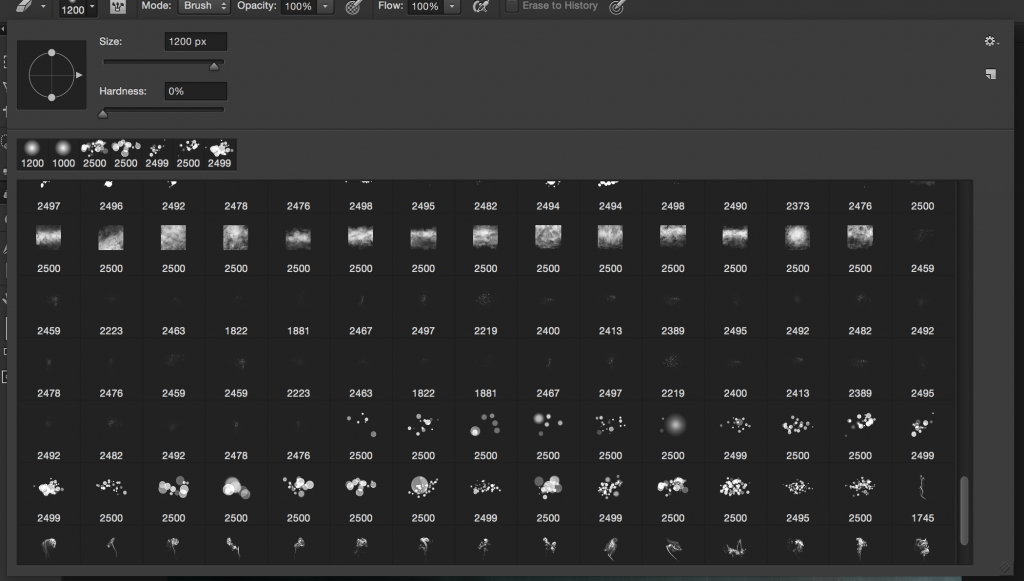
Photoshop Brushes
Over my years I’ve amassed a lot of Photoshop brushes, some I’ve downloaded, some I’ve created. Most of them have lied dormant as I’ve edited photos of toys, up until recently.
Bokeh, debris, mist, clouds, sand, smoke, rain brushes that I’d forgotten about have once again be used as they once were. But this time around, they’ve been introduced to photographs of toys.
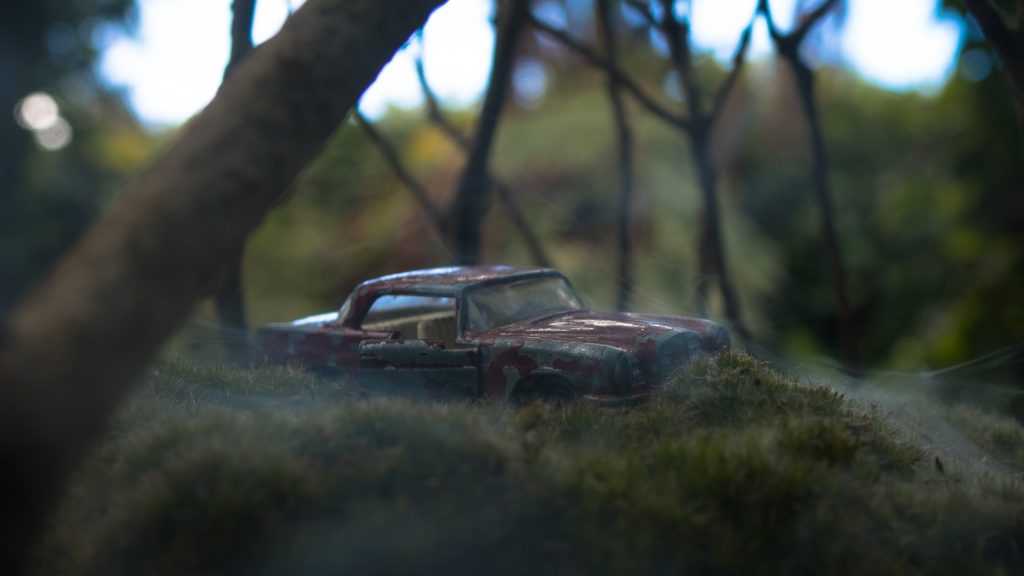
Original
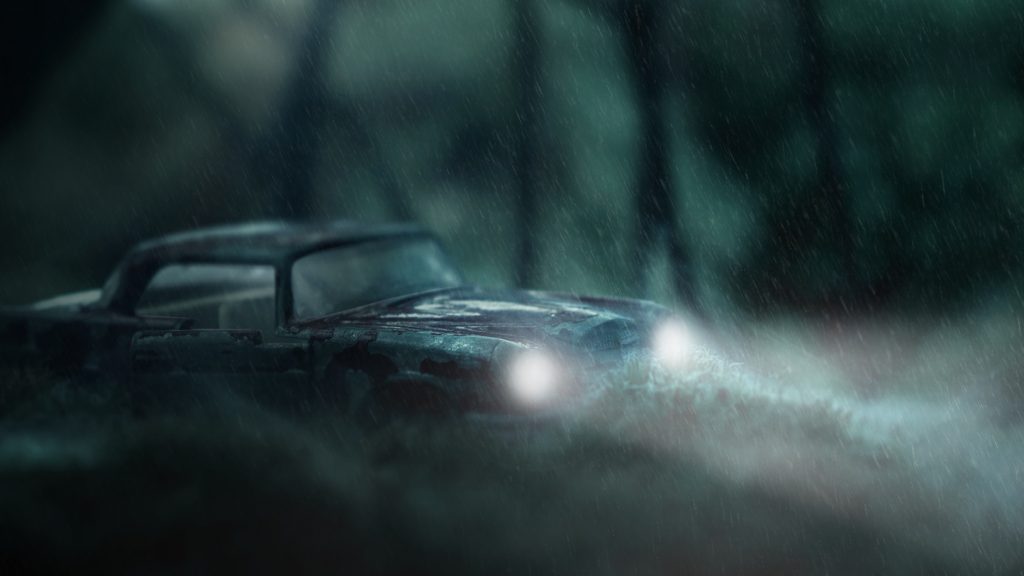
Edit
Far too much time was spent on little details that will probably go unnoticed; the interior light, the light reflection on the open door, the lighting of the grass from the headlights, the light spilling out from the open door, added mist in the headlights…the list goes on…
All this playing around has just been that, playing around. No heavily edited photos have made their way to posting. I’m still not sure I want to open up that Pandora’s box. I know I simply don’t have the time!
Maybe my posted photos will never go beyond the tidying up and the simple enhancements. And perhaps that’s because I call myself a toy photographer and not a photo manipulator.
Or perhaps it’s because they’ll never reach the lofty heights of those photo manipulators I admire so?
– Brett
How much editing do your toy photographs go through before they go live? Do you heavily manipulate your original captures?
If you’ve made through all my blathering and ended up here, you should sign up to our weekly email round up where you’ll get a recap of all the babbling from the week.
And while you’re doing things, you should definitely join our G+ Community where we hold monthly contests with prizes and lots of other cool stuff too.


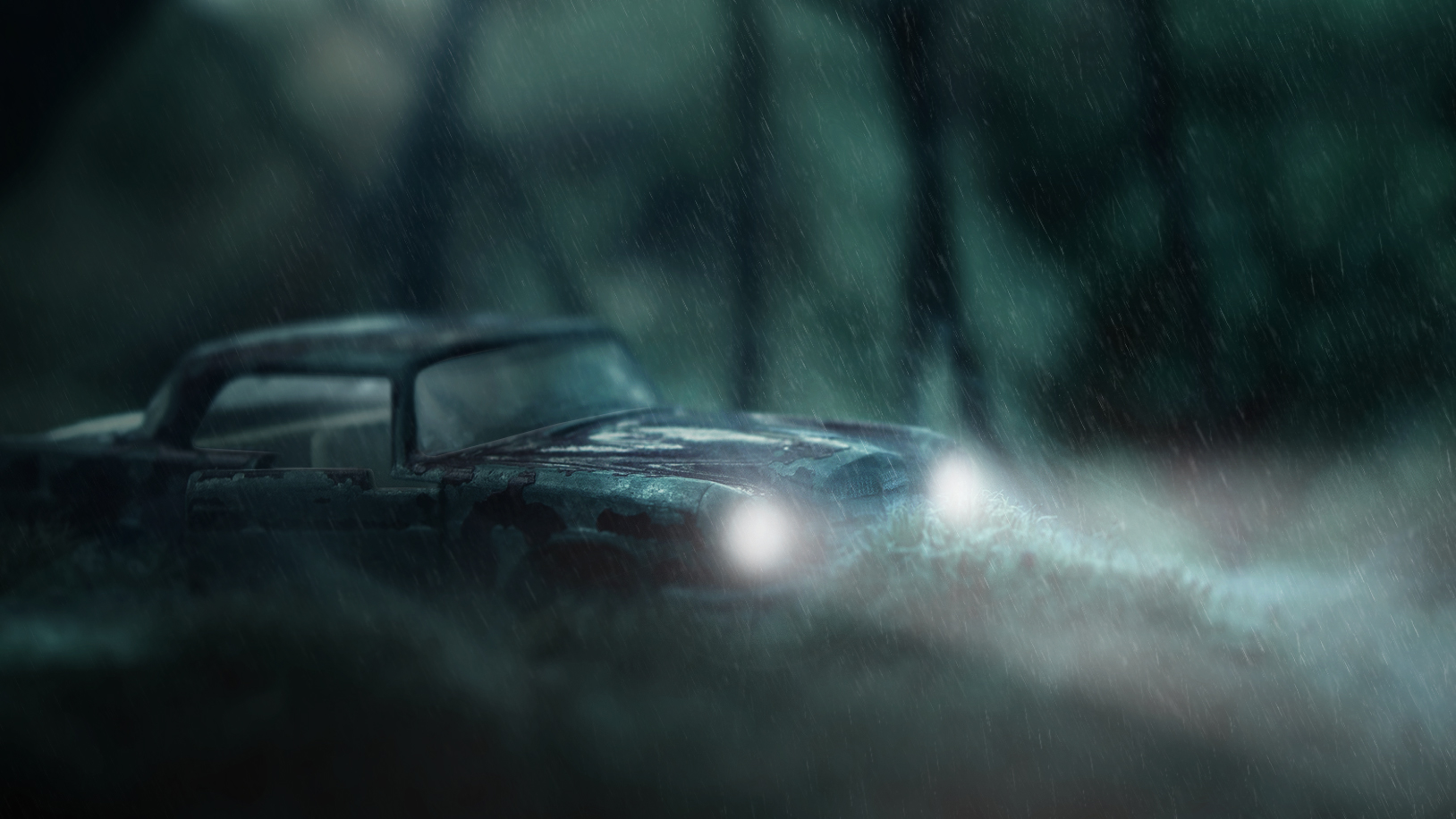
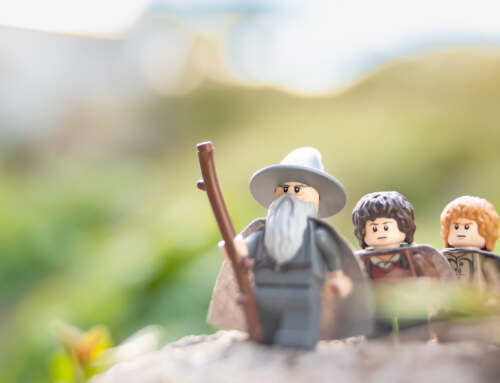

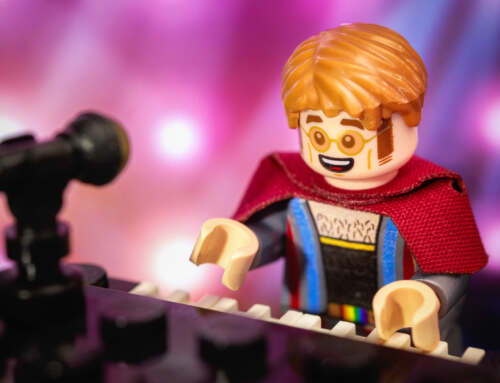
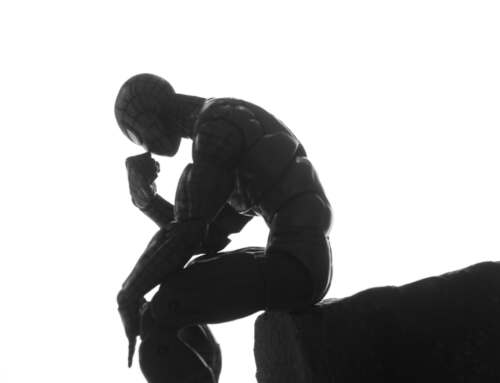
A lot of my images are heavily ‘shopped, composited etc. All of em. Aside from using Lightroom to do some importing magic, I start and end my processing sessionc in Photoshop.
Mind you, I don’t really consider myself a photographer anymore – at least not with the toys. I am more of a digital artist, with photography being the way I prime my canvas.
Or to put it another way, if I was ever to win an award for my work (and I am a long way from that ever happening, even if such a thing existed), I’d be in the “Best special effects” and not “best cinematography” category.
To me what really matters is the final image, not how it was captured/process.
“a digital artist, with photography being the way I prime my canvas”…what a wonderful way to put it!
I agree, the end result shouldn’t be judged on how it got there.
I adjust exposure, contrast and color balance in Lightroom. Lightroom is great for batch editing if you have a number of similar images to edit – very fast and easy. Then images get a final edit in Photoshop. I primarily use photoshop to remove stuff (like wires), not to add things to the image. But I am open to exploring or using any tool or technique that will help me create a more dynamic image or tell a more interesting story. Clients certainly don’t care how an image was created as long as objectives are met.
Personally I don’t care how a person creates an image. Straight out of camera, heavily photoshopped, computer monitor image as background – just show me a cool image and tell me a good story.
Precisely! Studying an image to figure out how it was created/edited always comes second with me if I’m lost in the story the image tells.
It sounds like we use Lightroom and Photoshop in a similar fashion. But, as you say, clients and often our audiences rarely care about techniques, only the published shot. I only really get asked about how things are floating in some of my shots, once I’ve Photoshopped wires out! Any other editing/tweaking work generally goes unnoticed.
Yes, that’s the primary question I always get – how did you get that to fly or float. A lot of people think I throw the figs up in the air and manage to capture it in mid-air, which isn’t a preposterous assumption really. I think that was my initial thought too when I first encountered toy photography. I’ve learned, as I’m sure you have, that as soon as they (not other toy photographers trying to learn, but regular curious peeps) learn how it’s done the magic is gone. It has me rethinking how I answer that question going forward.
I used to edit my shots quite a bit, but then I started following and entering the #Legonofilterfriday contest by Flo (@flocaputmundi). It was difficult at first to accept an image straight out of camera (SOOC); but after awhile I realized that my images and photography skills were improving a great deal. It made me focus more on my surroundings, lighting, colors, and exposure. After I learned a ton from my no filtering stint, I am now back to adjusting but now it is just small tweaks if any at all. I love the natural look and sometimes I think editing an image can distract from the image and story. So I now only really edit if it brings another dimension to the story and helps it along. As for photoshop – I am proficient in it but find I rarely use my desktop. My favorite digital darkroom has become the iPhone. Favorite apps include Enlight, Mextures, and lightroom mobile. I just find I can accomplish much more in a quicker more intuitive way on the run than on my photoshop desktop. I just feel the program is just too bulky for me unless I am working on some kind of multi-layered design – and even then, the Enlight app usually does the trick.
There’s a lot to be said for focusing on the photo instead of the edit! Flo’s #legonofilterfriday challenges are a great way to do that.
And yeah, there’s a whole bunch of cool Apps for editing. If I’m out, Mextures, Snapseed and Photogene4 are my ‘go to’ tools to edit on the go.
It’s cool that from just joining in a ‘no filter’ challenge, you’ve learned more about your own photography. No matter how it happens, it’s always cool to learn more!
Great post, Brett! Like you, I mostly stick to Photoshop for cleanup, dust removal, basic color correction, etc. Whenever I do effects, I try to make them as subtle and natural as possible, as if I could have done them in-camera.
I’ve been playing more and more lately with adding these effects, and am having fun with it. I doubt I’ll ever be as effects-heavy as other photographers, it’s just not my particular style.